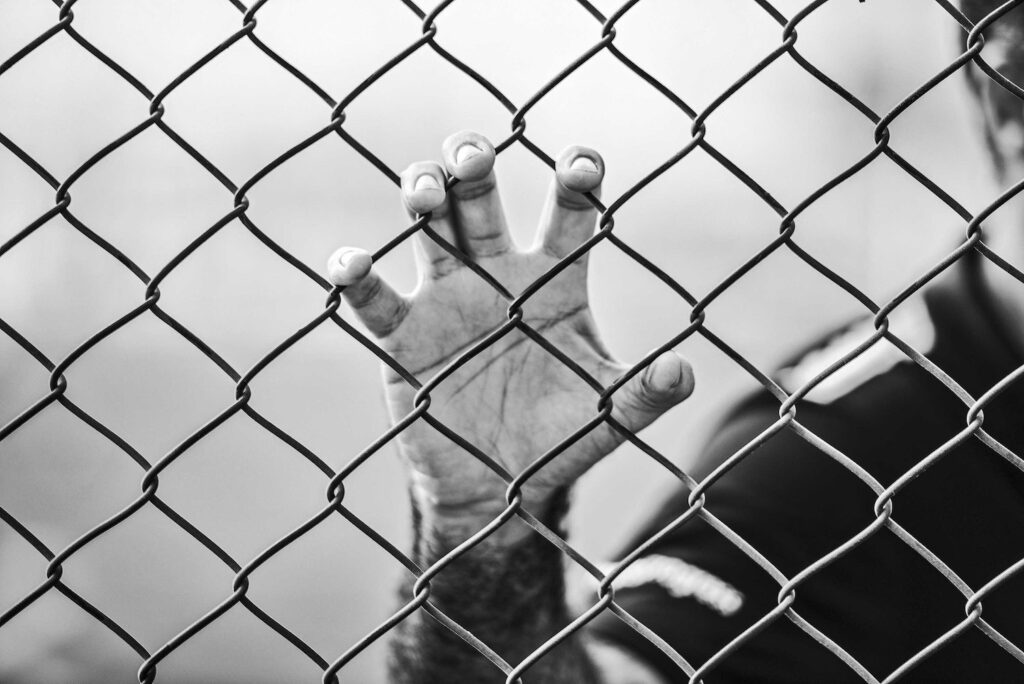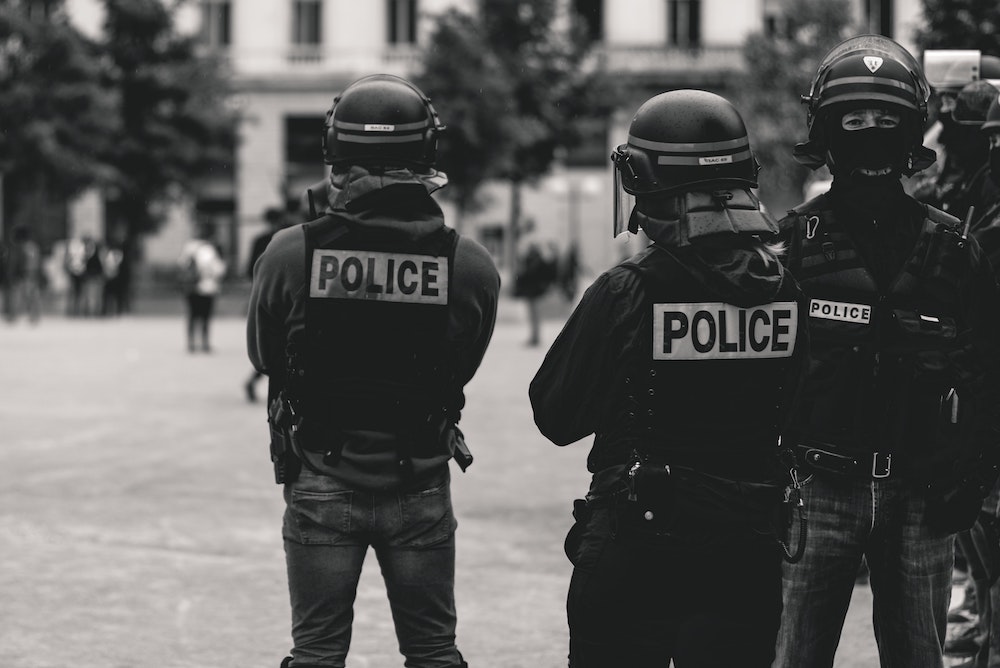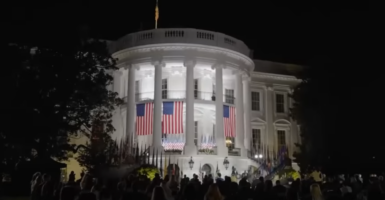School-To-Prison Pipeline Statistics – Are Educational Policies Leading To Incarceration
Let's take a look at some of the school-to-prison pipeline statistics to see if there is still a connection between these two institutions

There’s no doubt about it that the United States faces crises on multiple levels and within multiple sectors right now. It’s become a reality that for many the school system has failed them in a way few would have ever thought even one generation ago. And there is also, maybe separately, an issue within the United States having to do with mass incarceration, with an entire industry and legal system seemingly set up to place more and more people behind bars for longer and longer times. But are these two things connected? Are there school-to-prison pipeline statistics to suggest a linear path between the nation’s more socioeconomically challenged school systems and the prison system that’s become such a behemoth? It’s not an easy question and there are more than a few competing answers here.
IS THE SCHOOL-TO-PRISON PIPELINE A REAL THING?

From a literal and concrete standpoint, no, the school-to-prison pipeline isn’t an actual pathway that leads from the doors of a school right into the not-so-welcome waiting arms of the local prison guard. But I think you knew that. Instead, this is merely the concept that certain policies put forth in schools make that institution something of a breeding ground for folks to enter the legal and prison system later on. On a conceptual level, the school-to-prison pipeline statistics have become something of a chicken-or-the-egg concept over the years. Advocates for the connection cite increases in incarceration directly following certain policies being put in place within schools.
But there are those who would contend on the other side of things, saying that though there are connections between these two institutions, it isn’t as concrete a one-way path (figuratively speaking) as some might assume. While one need not root for the prison system in situations like this, of course, there are claims in school-to-prison pipeline statistics that the criminal justice system on its own is the driver of rising incarceration rates, not school policies. Again, these are somewhat nebulous ideas. One can agree that there are problems with over-incarceration without saying that it is strictly school district and/ or educational policy issues that are driving the numbers upwards.
UNITED STATES PRISON STATISTICS
As of 2020, when some of these school-to-prison pipeline statistics were last compiled, paint a bleak picture of this system. According to reporting from the United States Department of Justice’s Office of Justice Program, more than 1.2 million people were incarcerated at year’s end. With more than 1.1 million of those people serving sentences of more than one year. This was actually a dip from the previous year, but that was attributed to the Covid-19 pandemic and the court system’s decline in hearing cases while lockdowns were in effect. So while it might be “promising” to reference this number as dipping for a time period but it might have been an artificial dip all things considered.
Delays in trials and other modifications related to pandemic measures were cited as the main reason for this fall. As the country has opened up the expectation is that these numbers will reach previous highs. And the numbers, in this respect, have become alarming with the United States effectively quadrupling its prison population from the 1980s to the early 2000s, going from half a million to two million inmates at one point. Does this reinforce some of the other school-to-prison pipeline statistics?
WHEN DID THE SCHOOL-TO-PRISON PIPELINE TALK BEGIN?

Discussion about this school-to-prison pipeline statistics has been around for decades though really began to pick up steam in the early 2000s. In part, this stemmed from a number of zero-tolerance policies being put into effect in school systems during the 1990s. These policies sought to curb the behavior, both criminal and not-so-much, in schools by getting more strict with the consequences. Because of this, disciplinary actions in schools began to ramp up across the country, leading to more suspensions and other tactics, that more closely resembled those which were used in the criminal justice system. In part, this is where the school-to-prison pipeline connection, at least on a philosophical level began. But it’s alarming to realize that a reported 95% of out-of-school suspensions were for non-violent reasons. This would seem a disproportionate number considering the downstream effects of this punishment.
In the wake of more zero-tolerance policies enacted in schools, and more suspensions being handed out, the dropout rate for public schools hit about 8% in 2010. Though that number had decreased to around 5% by 2019, this number is tied almost directly to folks becoming part of the criminal justice system later on.
POLICING IN SCHOOLS – CAUSING THE ISSUES?

While many schools won’t come right out and say they have stepped up actual policing within the schools themselves, there has been an increase in years of roles within the school that do mirror certain elements of the criminal justice system. These typically come in the form of School Resource Officers (SROs) who are assigned to certain disciplinary elements of the school system and often act within the walls of a school to enforce certain policies and/ or punishments for the school population.
In many ways, this has become something of a chicken or the egg scenario within public schools. With more legislation and government-backed zero-tolerance policies for educational systems and schools themselves, the latter was incentivized (or even required) to place more people in disciplinary roles within schools. This led to an influx of school resource officers in districts.
And what happens when there are more school resource officers overseeing the disciplinary measures and policies within the school framework? Well, it’s pretty obvious. There was a spike in reporting cases of rule-breaking which led to more follow-up on those cases. This increase has some claiming that more instances of profiling are happening within schools, something that some claim mirrors police behavior as well. Some have cited these school-to-prison pipeline statistics become more clear along racial lines. According to Learning for Justice, African American male students were 3.5 times more likely than their white classmates to be suspended or expelled. Again, this is something of a predictor for later legal trouble.
Studies have found that students who were disciplined in and by schools were more likely to end up in the criminal justice system at some point. Again, this is difficult to discern if it’s an obvious end path for certain students, or if the number is tied because certain students were on a path to more criminal behavior, to begin with. School-to-prison pipeline statistics, studies and numbers have struggled with this link over the years with some arguing that these two numbers are piled together because of the general trajectory of students rather than the actions of the schools themselves.
And school suspensions are another issue that could be causing the school-to-prison pipeline statistics to conflate. Suspensions are the biggest predictor of school dropout rates, in that students who are suspended repeatedly or face multiple suspensions are more likely to leave school altogether. This dropout rate has then possibly led to more students entering the prison pipeline because of criminal activities outside of school.
IS THE SCHOOL-TO-PRISON PIPELINE STILL REFERENCED
The idea of a school-to-prison, according to the American Civil Liberties Union, is the idea that policies within schools are what help feed a prison system with America’s youth. According to recent material on the subject, the New York Civil Liberties Union specifically says that the practices put into place in many of America’s schools “disproportionately” impact students and youth of color, those with disabilities, as well as LGBTQ students. Citing zero-tolerance policies in schools as the driver for these school-to-prison pipeline statistics, there’s a general sense among many that the prison numbers and those being incarcerated yearly are a direct result, or at least untowardly influenced by the rules put in place within the educational system.
But again, this has become difficult to pin down, are the school-prison pipeline statistics causal, correlated, or neither? It’s a tricky spot for educators and one that’s sure to continue to be examined as the years go one. And with schools stepping up security efforts in the wake of high-profile violence in United States schools, there could be a jump again in the zero-tolerance policies that led to the connection in the first place.


